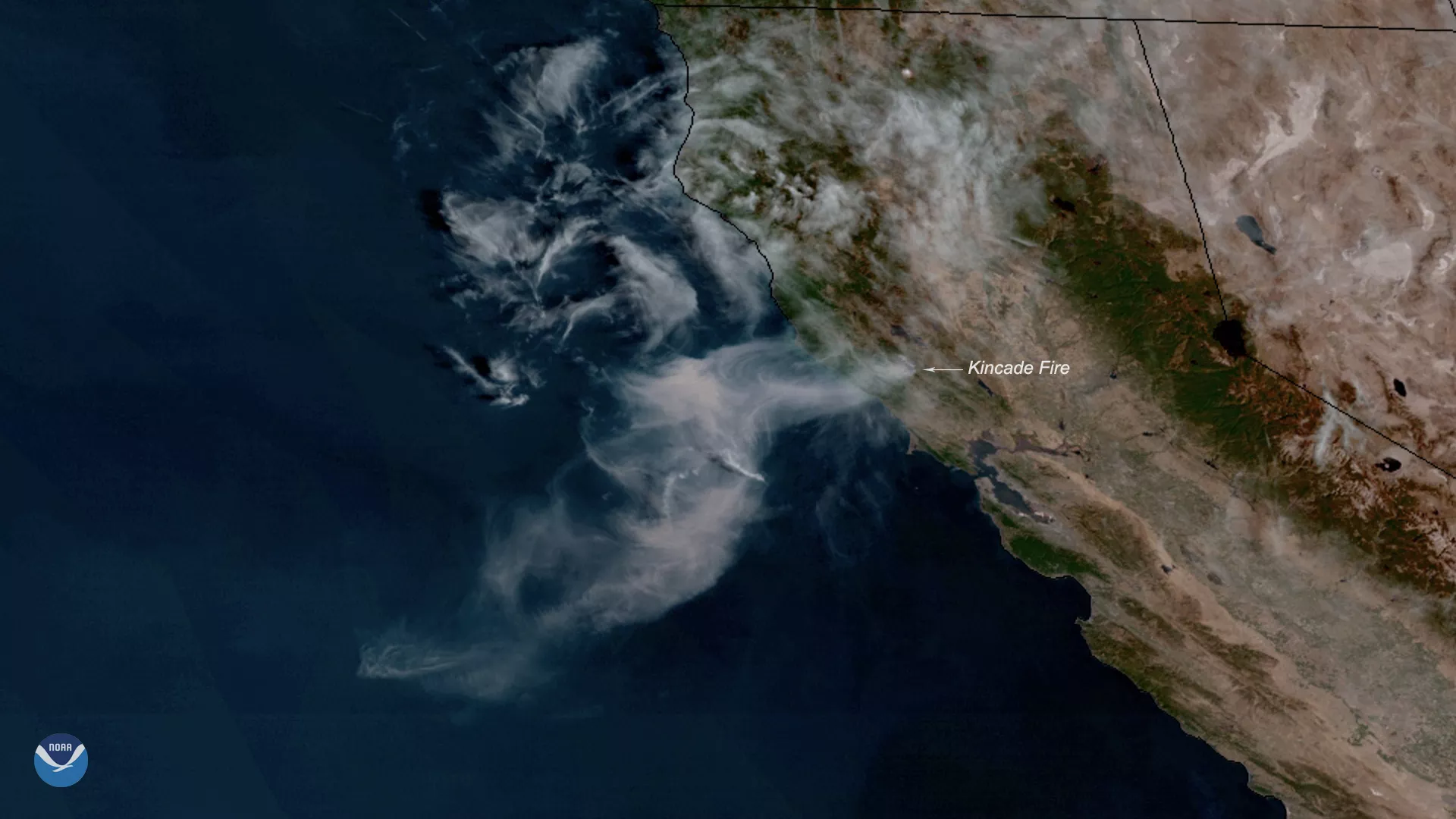Dust in the Wind
Satellites are important tools for tracking and studying aerosol particles in the atmosphere made of dust, smoke from wildfires, and volcanic ash. These types of particles can not only affect human health and safety but can also affect the weather and climate by cooling or warming the Earth as well as enhancing or preventing cloud formation. Collectively, these phenomena are monitored by special sensors onboard our geostationary satellites.

How we track each one
More Articles on Fire, Dust, and Ash
-
The Himawari-9 satellite, operated by our partners at the Japan Meteorological Agency, monitored…
-
The GEO-KOMPSAT 2A satellite watches strong winds carry a large dust plume from the Gobi Desert.
-
The largest wildfire in Texas’s state history broke out on Feb. 26, 2024 and quickly spread within…



